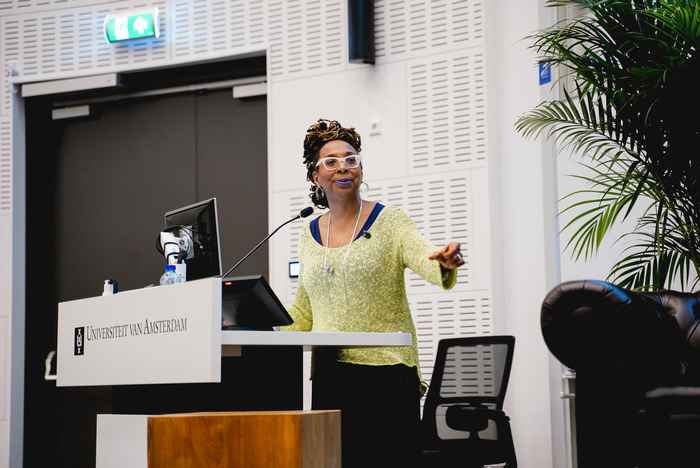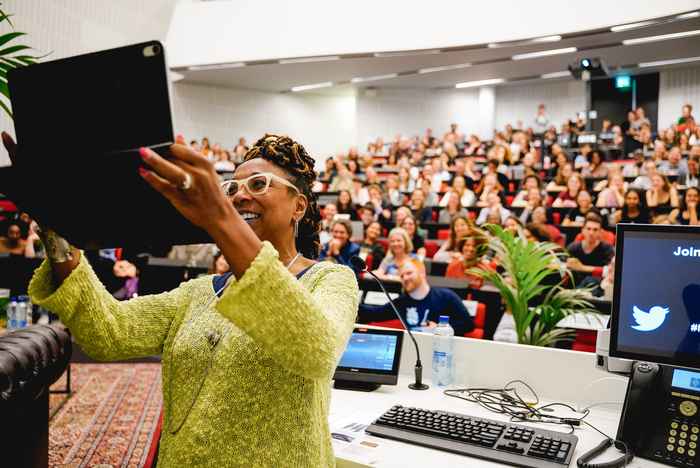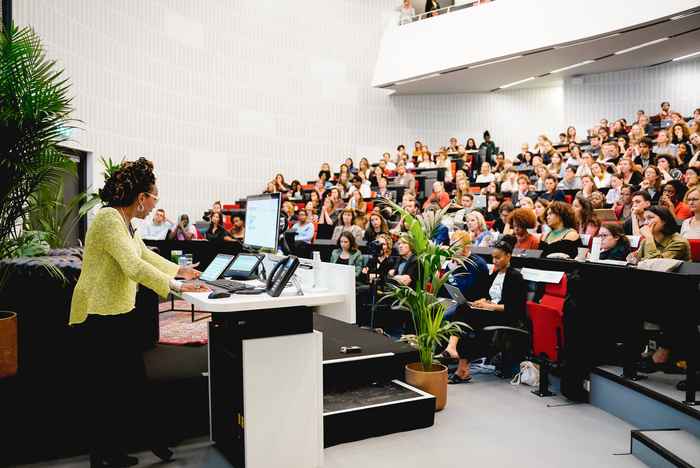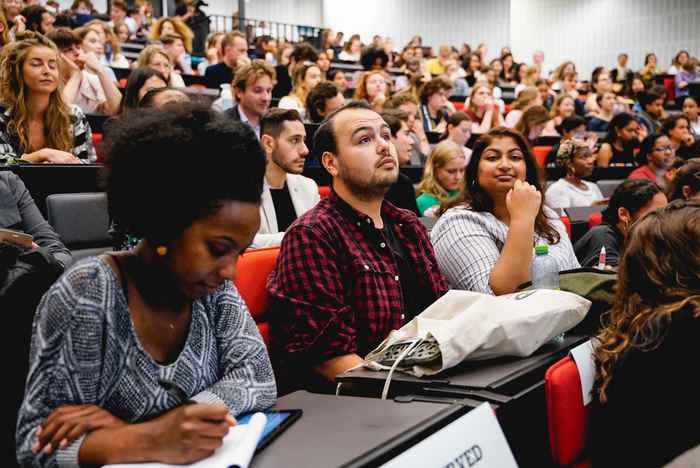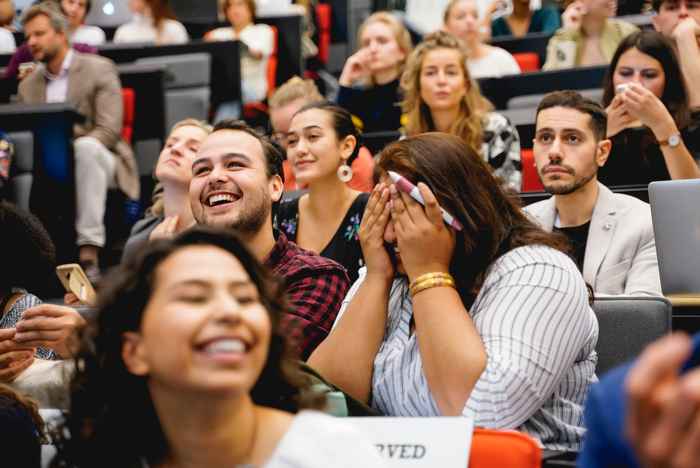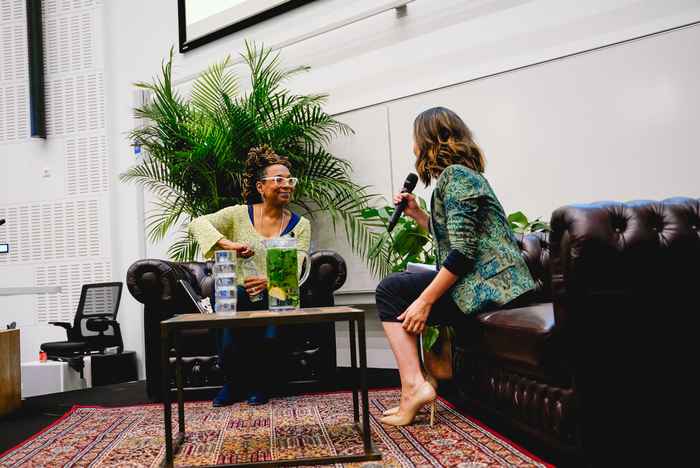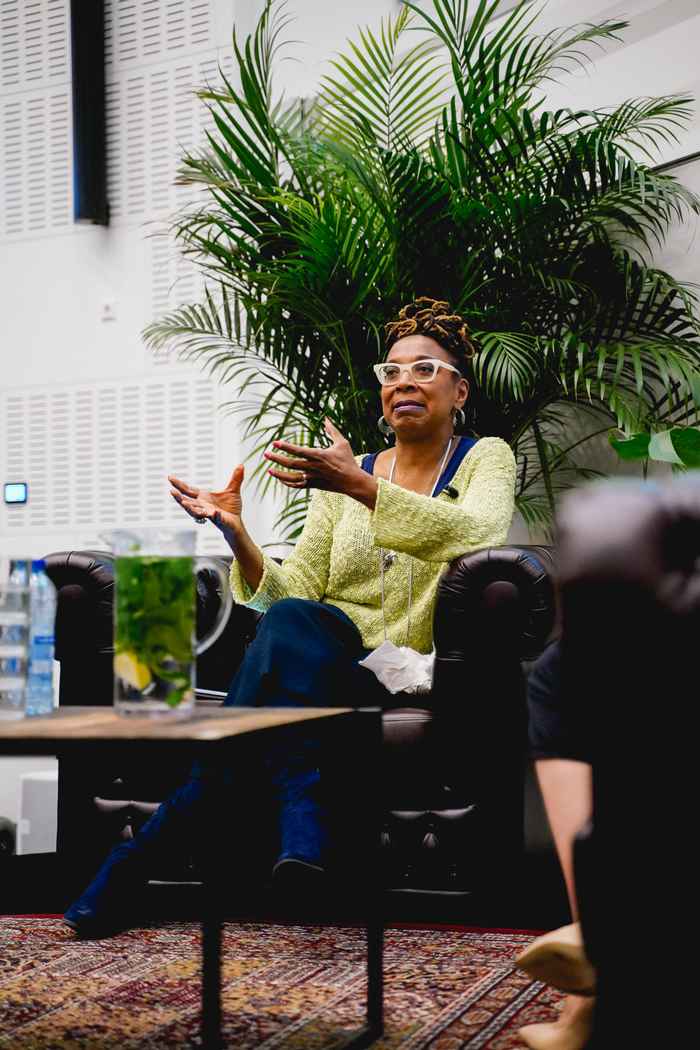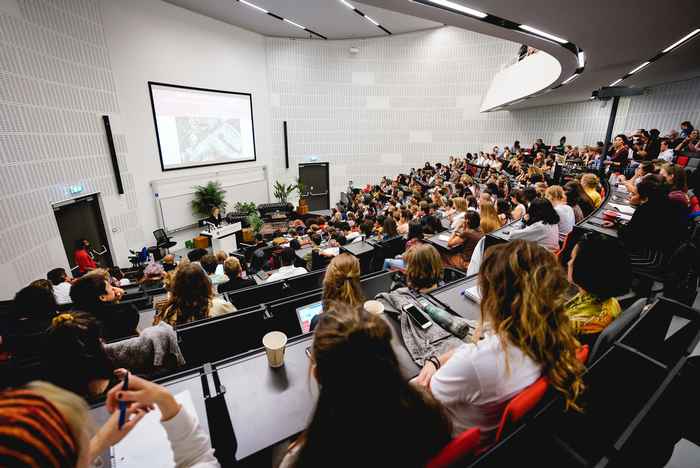Kimberlé Crenshaw: militant, exhilarating
Amsterdam Law School
18 June 2019
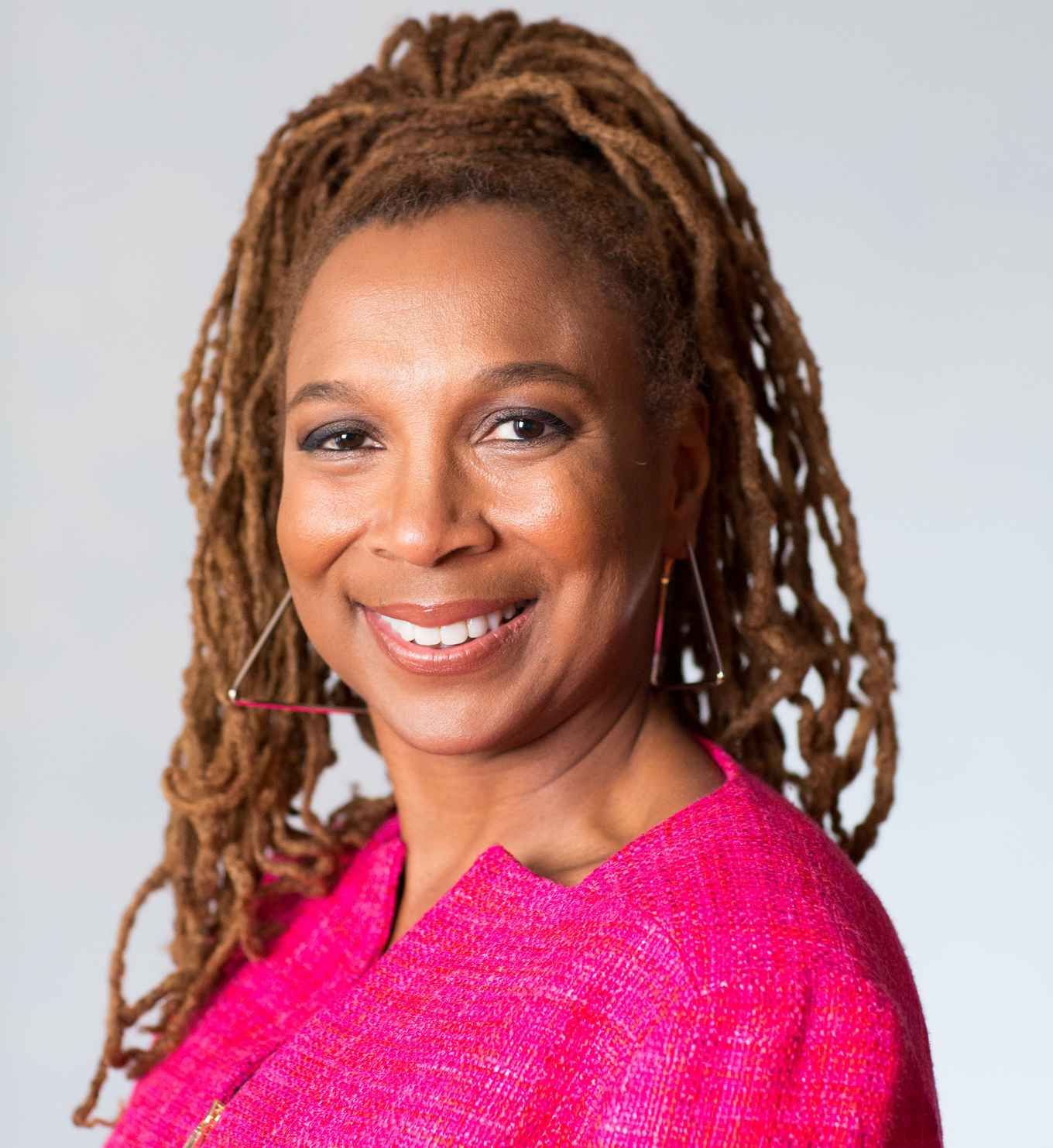
By the time she realised, as a young girl, that she would never be allowed to portray the princess in the fairytale Sleeping Beauty even though other children in the class were, Kimberlé Crenshaw already had a good idea of what it would be like to grow up as a black woman, concluding that black women were discriminated against on grounds of both race and gender. She related this anecdote as part of an inspiring lecture that in the audience’s opinion could be described as “militant”, yet neither pathetic nor judgmental.
She talked about how she had drawn inspiration from the work of other critical thinkers, her ancestors, and the US civil rights movement. She also spoke about her childhood and upbringing, mentioning her father who was the director of the Canton AreaHousing Authority and who inspired her to go to law school.
Intersectionality
In 1989, Crenshaw coined the term 'intersectionality' to illustrate how a variety of manifestations of structural racism can go hand in hand with each other. The concept is based on the idea that individuals in society experience discrimination based on a multitude of factors and that the consequences can thus also be explained. According to Crenshaw’s theory, different identities link together to coalesce into one individual, e.g. man, woman, non-binary, African, European, Asian, wealthy, middle class, poor, disabled or non-disabled, religious or non-religious.
Seeing Race Again
Crenshaw also talked about her new book, Seeing Race Again, in which she encourages students and lecturers to investigate the role race plays in various academic disciplines and how the disciplines themselves actively contribute to the perpetuation of structural racism. And that this is also true of the legal sciences: law schools typically fail to consider how a legal system might foster inequality.
